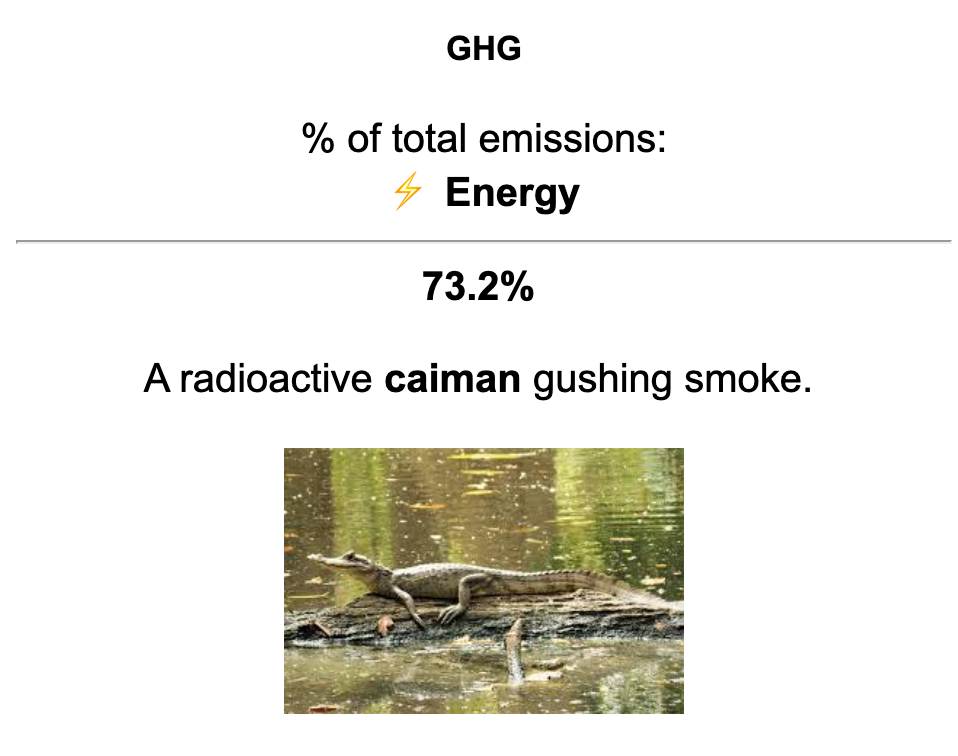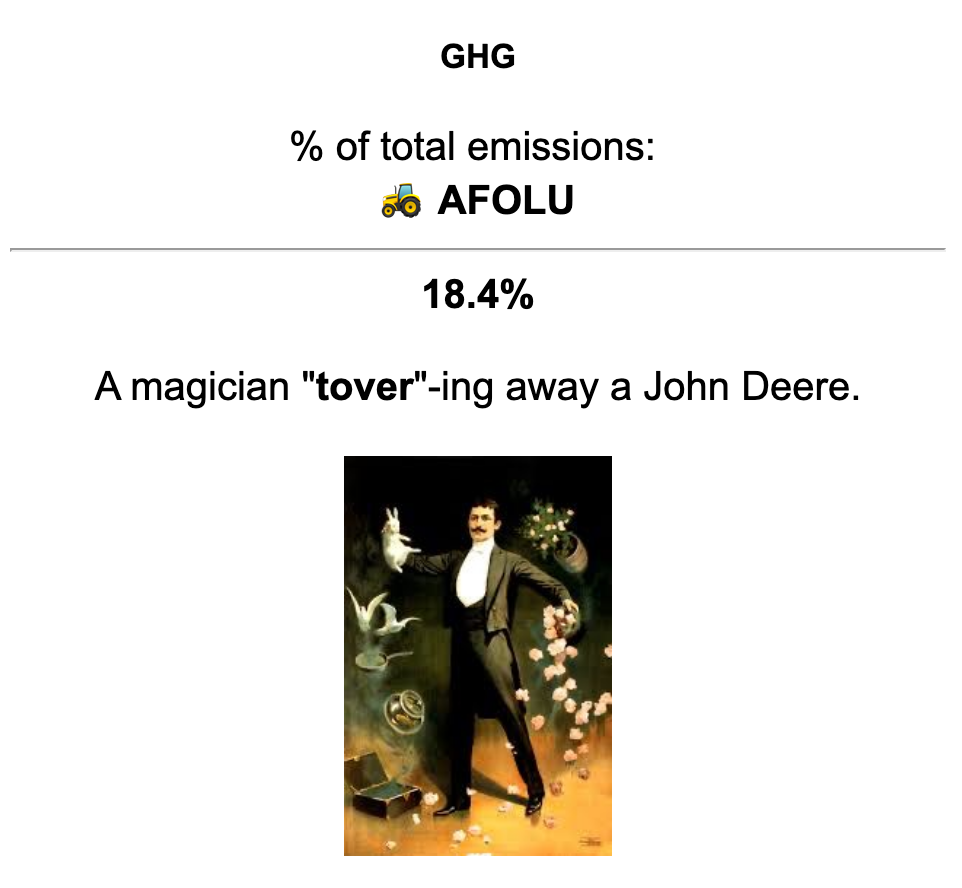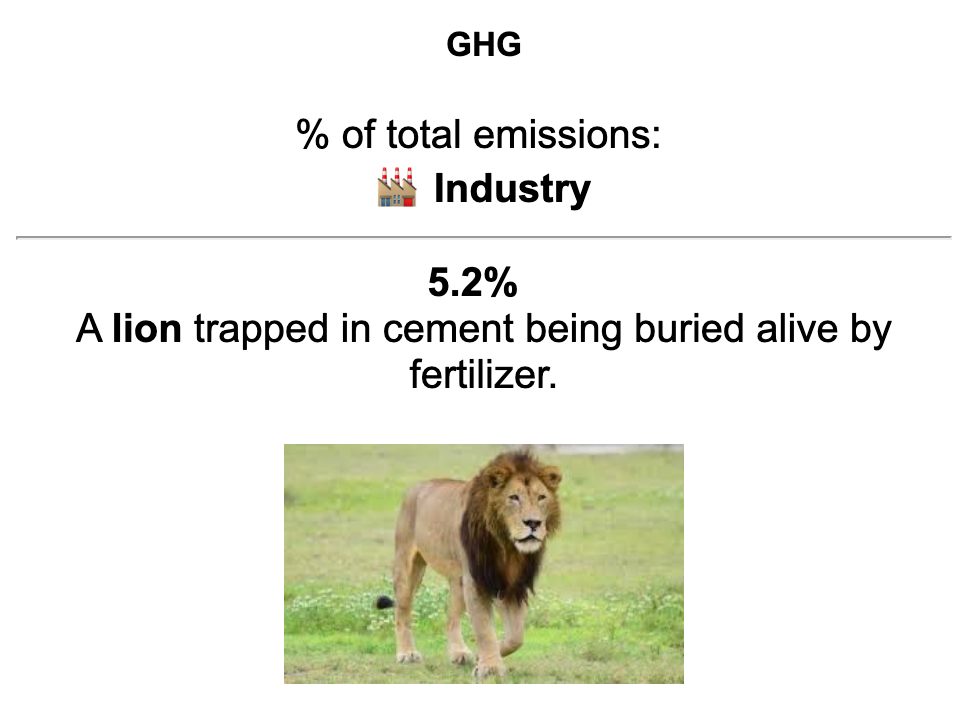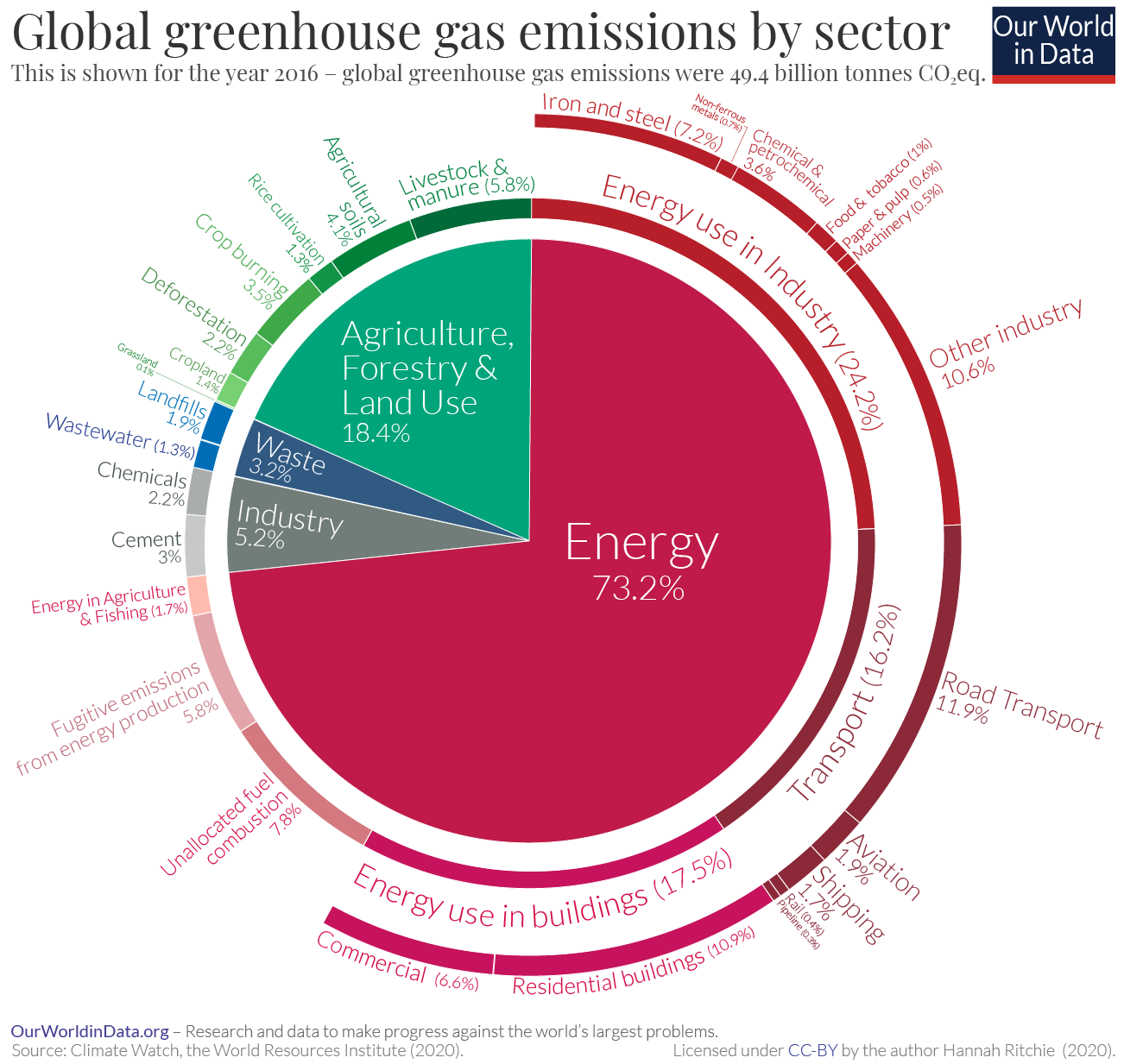Memorizing numbers
For most of us, numbers are difficult to memorize. Even with a spaced repetition system like [[SRS|Anki]].
Biological determinism [[2 Areas/Principles/Laws/Weber-Fechner law#Corollary]]
This difficulty may be a relic of our evolutionary history: relative number mattered more than absolute number—mass mattered more than count. Fortunately, humans have a way of subverting biological fatalism. Over the past millennia, we’ve developed mnemonic tricks that make it easier to memorize all kinds of facts—numbers and statistics included.
[[2 Areas/Principles/Laws/Why memorize (Pt. 1)]]
Because there is a real value to memorizing numbers, statistics, and facts more generally. In debate, quantities ground the conversation in reality; they prevent you and your opponent from floating off into hypotheticals. With the right restraint, a large factual memory can improve your impartiality: you discuss facts rather than beliefs. And the very presence of such a memory can grant you credibility. Memory matters.
In this article, I’m going to break down how to memorize numbers using the Major system. In follow-ups, we’ll cover how to memorize units, orders, and sources. Together, you’ll have all you need to memorize general statistics.
In particular, I’m interested in integrating these techniques with my spaced repetition workflow. So that memorizing statistics is no one-off thing but part of continual practice.
🎳 Interference
In practice, the more relevant obstacle to memorizing numbers is not evolutionary history but interference: numbers compete with one other for mental bandwidth. And numbers “interfere” more intensely than do words. You probably have a harder time separating 43%/34% and 1367/1376 than cat/mat and dog/god. We don’t have the same semantic horse-power pulling apart numbers as we do words.
It gets even harder to memorize when you’re dealing with statistics, where you also care to memorize units and sources. Good luck keeping apart acronyms like the UNHCR, UNHRC, and UNCHR (that’s the United Nations high commissioner for refugees, human rights council, and commission on human rights, respectively).
[[GHG emissions breakdown]]
[[Greenhouse Gas emissions|GHG]]
🌎 An Example: the Climate Crisis
Because we’re interested in memorizing for the real world, let’s use a real-world example to memorize.
I’d like to contribute in the fight against climate crisis. To begin, I’d like a better understanding of where exactly our emissions come from. So I am going to commit a whole bunch of climate statistics to memory.
According to the World Resources Institute Climate Watch report (2020) (henceforth, WRI 2020), we produced 49.4 billion tons of CO2-equivalents in 2016 with an uncertainty of about 10%.
Significant figures and error
[[1 Projects/Writing/02 Series/General/Fermi questions]] To share an estimate without a measure of its uncertainty or spread is statistical sacrilege. But in less formal settings, we can usually get away with it. That’s because the important point is usually the order of magnitude—to know we produced about 50 GtCO2e but not 5 or 500. (If your statistic has error bars greater than an order of magnitude, look for a new statistic.)
The best way to emphasize the relevant order of magnitude is to reduce the number of digits you report. With an uncertainty of 10%, saying “50GtCO2e” is most honest representation.
But sometimes, it can can be advantageous to over-report the digits: “49.38” carries more rhetorical emphasis than “about 50.” With the right timing, pulling out all the digits can overwhelm the opponent. But don’t do this too often because it is misleading and can be outright pretentious. It’s also dangerous because if your opponent requests the error bars, you will end up looking the fool. So judge wisely.
🔢 1-2 Digits [[Major system]]
The WRI divides global emissions into 4 top-level sectors (in order of decreasing magnitude):
- ⚡️ Energy (electricity, heat, and transport): 73.2%
- 🚜 Agriculture, forestry, and other land-use (AFOLU): 18.4%
- 🏭 Industry (cement, ammonia, plastics, and other chemicals): 5.2%
- 🗑 Waste: 3.2%
The principle behind the major system is to associate a unique consonant sound or related set of consonant sounds with each digit. Then, we can read the digits like an abjad by converting numbers into words and words back into numbers.
A Possible Mapping
| Number | Consonant |
|---|---|
| 0 | s, z, soft c |
| 1 | t, d |
| 2 | n, ng |
| 3 | m |
| 4 | r |
| 5 | l |
| 6 | sh, ch, j |
| 7 | k, hard c, hard g, hard ch, q, qu |
| 8 | f, v, th, dh |
| 9 | p, b |
For our example:
- ⚡️ Energy: 73.2% -> KMN
- 🚜 AFOLU: 18.4% -> TFR
- 🏭 Industry: 5.2% -> LN
- 🗑 Waste: 3.2% -> MN
With a little practice, we get better at turning these into words (the more concrete, the better):
- KMN -> Camion, Come on, Caiman
- TFR -> Tover (Dutch for “magic”), To throw, taffrail (dropping the l)
- LN -> Lion, lan, lawn, lane
- MN -> Money, moan, man
Now, all we have to do is memorize a pairing between two much less abstract objects. For energy and “caiman”, I might imagine a radioactively-glowing alligatorid puffing black smoke from its orifices. For AFOLU and “tover” (magic), I visualize a magician converting a large John Deere Tractor into a puff of smoke (actions are more memorable). For industry and “lion,” it’s a lion trapped in cement, struggling to free itself while it’s buried alive in fertilizer (emotional imagery works even better). For waste and money, the Joker burns his large pile of cash.
And it’s these pairings that I’ll put in my Anki (and if I have the time I’ll add or even draw a picture for extra stickiness).
 |  |  |  |
|---|
With a little practice, you’ll soon get better and faster at this entire process. At the next layer of resolution, we go through the same process
- 🏭 Energy use in industry: 24.2% -> NRN -> Neuron
- 🚗 Transport: 16.2% -> DCHN -> Dejeune (from Fr. for “breakfast”)
- 🏘 Energy use in buildings: 17.5% -> TKL -> Tackle
- 🎉 Unallocated fuel combustion: 7.8% -> KF -> Keef
- 🌋 Fugitive emissions from energy production: 5.8% -> LF -> Love
- 🚜 🎣 Energy in Agriculture & Fishing: 1.7% -> DK -> Dock
I’ll leave the final images to you.
Special symbols
There’s more to numbers than the numerals. There are decimals, percentage signs, ranges, and powers. Without these, how would you know whether “lion” is 52 or 5.2 and “money” 32 or 3.2. Usually, context suffices. Take decimals: if you understand the physical origins of emissions, you’ll know that energy production operates at a much larger scale than emissions from cement and ammonia production or from anaerobic respiration in oxygen-poor landfills. But when you need more help, you can use specific memory pegs for these special characters. E.g.: a decimal might become a laser pointer. To make numbers even more memorable, imagine a super-powerful laser slicing the remaining objects in half.
This is a starting point for memorizing 2 or more digits. But it may be slightly overkill for memorizing single digits (as with order of a sequence of elements). And it doesn’t help us memorize the units (which are subject to the same problems of interference as digits). Nor sources (with a flurry of names and organizational initialisms). So stay tuned, for the follow-ups.
